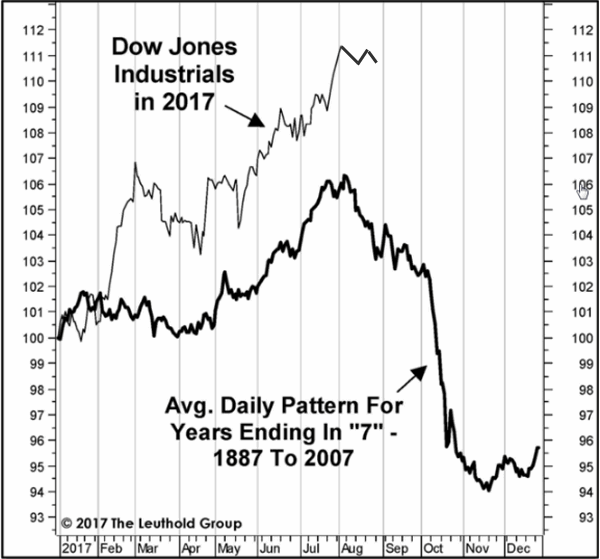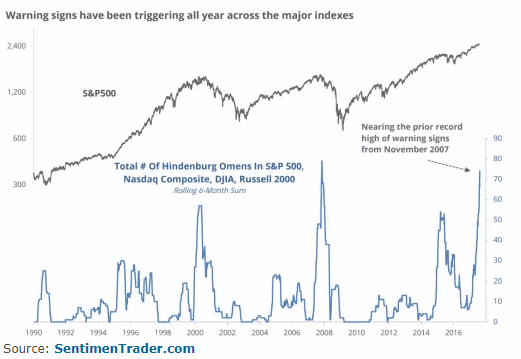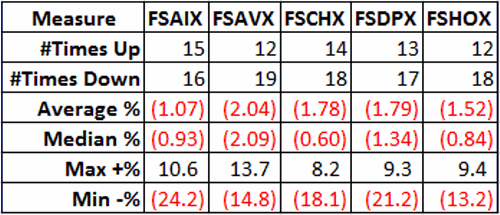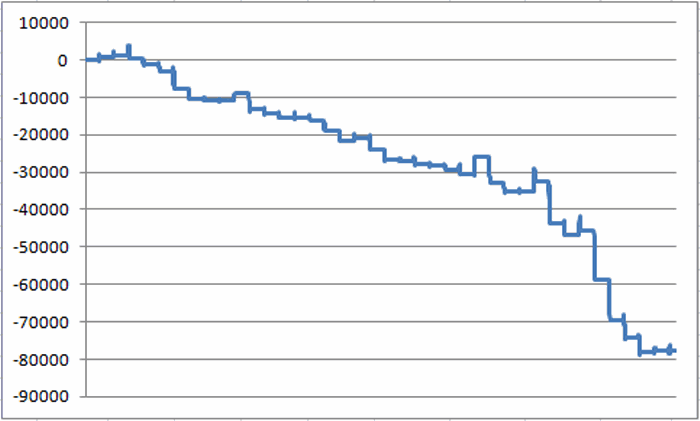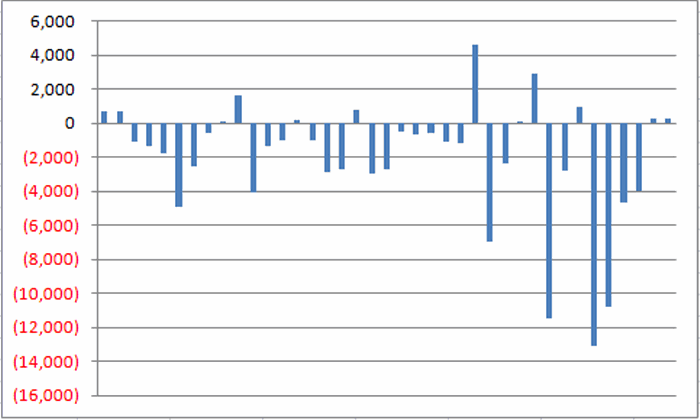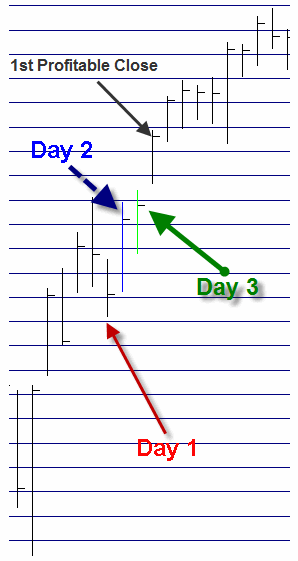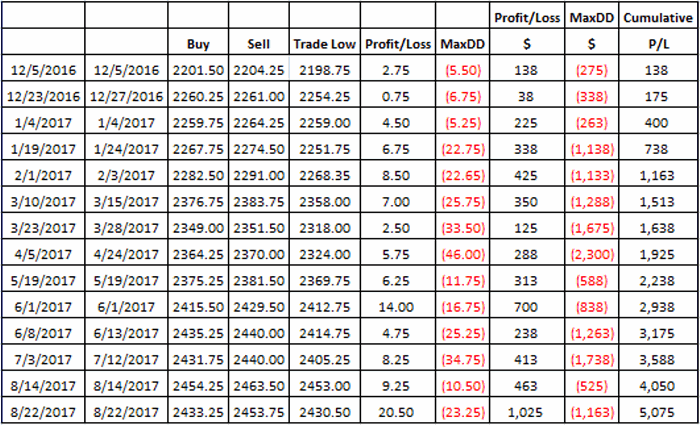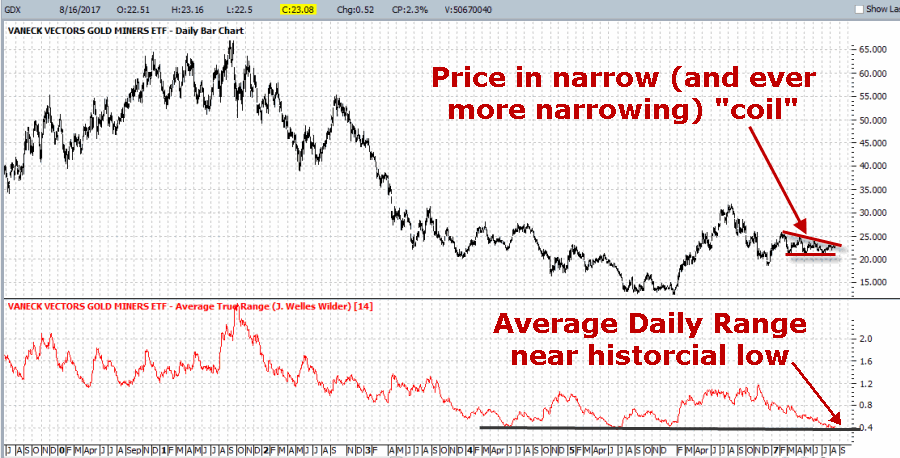A quick review of the sordid “personality” of the stock market historically during the month of September. We will break it into three periods, referred to sequentially as the “good”, the “bad” and the “ugly”
*The “Good”: the first three trading days of the month of September
*The “Bad”: All trading days between the 3rd trading day of September and the 10th to last trading day of September
*The “Ugly”: The last 10 trading days of September
Figure 1 displays the growth of $1,000 invested in the Dow Jones Industrials Average during each of these three periods starting in1955.
 Figure 1 – Growth of $1,000 invested in the Dow Jones Industrials Average during the “Good” (Blue), “Bad” (Red) and “Ugly” (Green) periods (1955-present)
Figure 1 – Growth of $1,000 invested in the Dow Jones Industrials Average during the “Good” (Blue), “Bad” (Red) and “Ugly” (Green) periods (1955-present)
Figure 2 displays the particulars (TDM stands for Trading Days of the Month).
| Measure | 1st 3 TDM | In Between TDM | Last 10 TDM |
| # Times Up | 36 | 31 | 18 |
| # Times Down | 26 | 31 | 44 |
| % time UP | 58.1% | 50.0% | 29.0% |
| Average % +(-) | +0.26% | +0.01% | (-1.55%) |
Figure 2 – “Good”, “Bad” and “Ugly” period performance
Key things to note:
*The “Good” showed a gain 58.1% of the time with an average gain of +0.26%
*The “Bad” showed a gain 50.0% of the time with an average gain of +0.26%
*The “Ugly” showed a gain only 29% of the time with an average loss of -1.55%
*The cumulative loss for the “Ugly” period is -56.1%
Summary
September is just around the corner people. Enjoy it while you can.
Then maybe gird your loins.
Jay Kaeppel
Disclaimer: The data presented herein were obtained from various third-party sources. While I believe the data to be reliable, no representation is made as to, and no responsibility, warranty or liability is accepted for the accuracy or completeness of such information. The information, opinions and ideas expressed herein are for informational and educational purposes only and do not constitute and should not be construed as investment advice, an advertisement or offering of investment advisory services, or an offer to sell or a solicitation to buy any security.
